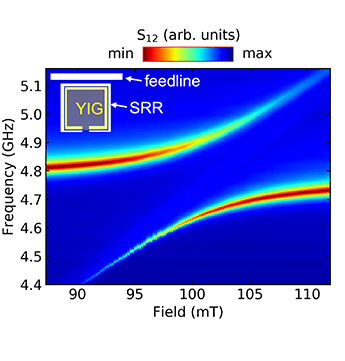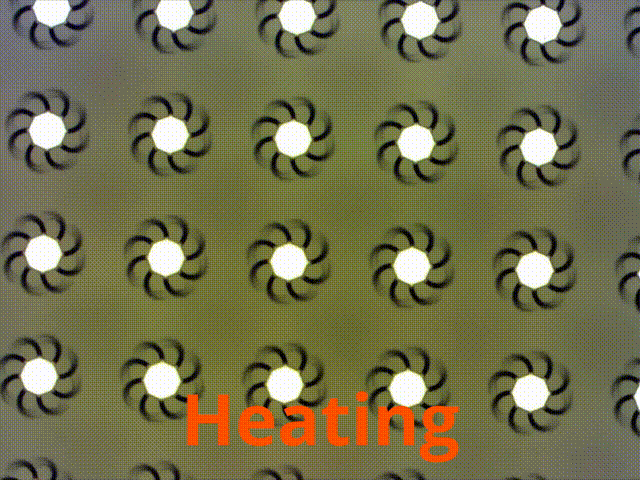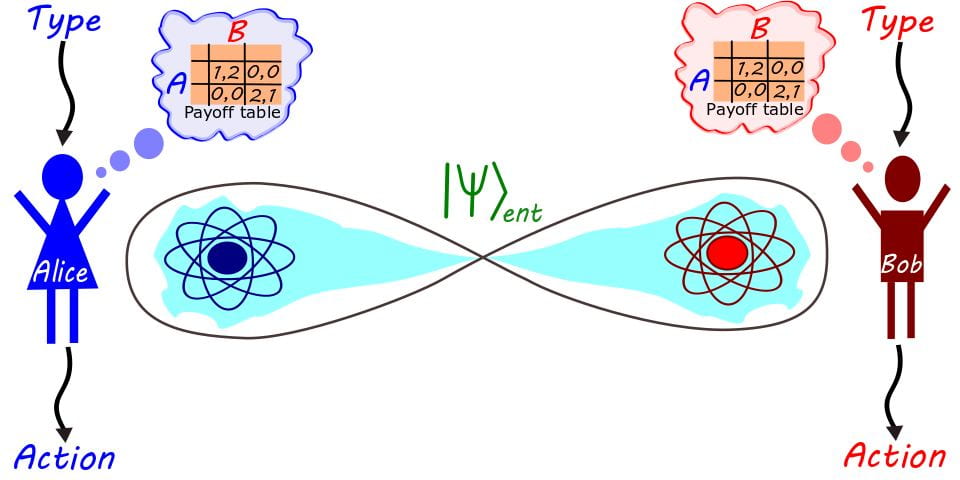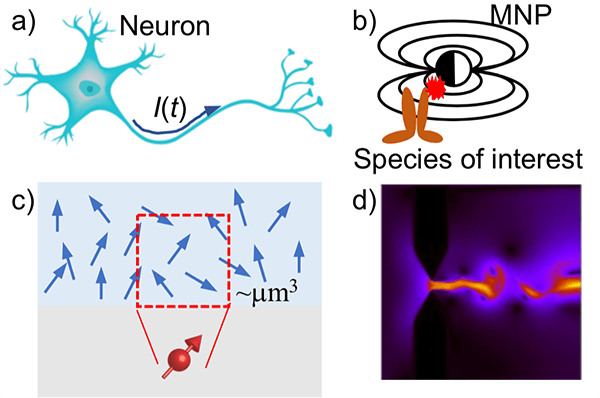Research
Designing, building and operating scalable and robust quantum devices is extremely challenging. What materials and conditions preserve quantum information the longest? How do we engineer machines that can reliably control qubits when our traditional engineering tools for classical computers cannot be used? What programming or machine language allows us to turn our desired outcomes into a sequence of qubit operations? Researchers at UD are working to answer these questions. Equally important, our QSE program seeks to build a shared base of knowledge and vocabulary among experts from a wide variety of disciplinary backgrounds so that they can collaborate more effectively when tackling these challenges.

Material Platforms for Quantum Emitters and Qubits
The ideal quantum emitter material platform would have an ordered array of deterministically-positioned perfectly-identical sources emitting single photons at the desired wavelength at room temperature. The ideal material platform for quantum bits (qubits) controlled by light would similarly be an ordered array of perfectly-identical sites in which interactions with light control a longer-lived state such as the spin projection of a single electron bound to the site. In such a case the spin projection of the electron could serve as the qubit, with initialization, manipulation, and readout all controlled by optical pulses incident on the qubit. MORE

Quantum and Hybrid Quantum-Classical Algorithms
In recent years there has been rapid progress in development of quantum computing devices. Multiple paradigms have been proposed and implemented in hardware, introducing a variety of challenges that must be resolved prior to the wide application of quantum computing. As the potential of quantum devices is becoming evident, there is an increasing interest in developing quantum and hybrid quantum-classical algorithms in almost all domains of science and engineering that leverage principles of quantum physics to achieve an advantage over classical computing. MORE

Magnonic Materials for Quantum Device Applications
Highly tunable properties in magnonic materials make them an ideal platform for quantum interconnects and transducers. The development and understanding of coupling between magnons and microwave photons down to the single quasiparticle level are the key to develop scalable quantum building blocks. MORE

Quantum-Compatible Integrated Optoelectronics and Photonics
Photonic qubits and optical addressing of spin and defect-based qubits promise a pathway to room temperature quantum computers and secure communications. In order to scale photonic qubits to a practical quantum computer, their integration with photonic quantum circuits and interfacing electronics becomes essential. Our cross-disciplinary team at UD explores the approaches for heterogeneous integration of novel qubits (materials and devices) and detectors into large scale photonic integrated circuits (PICs) to realize optical or optical-assisted quantum computing and communication. MORE

Convexity and Limits in Quantum Information Theory
As quantum science is transformed into a viable technology, it is of increasing importance to identify and develop mathematical techniques that allow a rigorous understanding of quantum information transmission. The identification of the fundamental capabilities and limitations of quantum computing poses hard mathematical problems, intercrossing a number of areas and requiring a variety of techniques from linear algebra, functional analysis, probability theory, operator theory, and others. MORE

Quantum Sensing
Quantum sensors leverage coherent superposition, entanglement, and quantum control to enable significant improvements in sensitivity to weak forces and fields. In addition to many practical applications, extraordinary progress in quantum sensors and technologies enables novel possibilities for exploring the Universe and testing the postulates of modern physics. Quantum technologies enable detection of gravitational waves and searches for new particles, fields, and forces with their extremely weak coupling to ordinary matter. MORE
